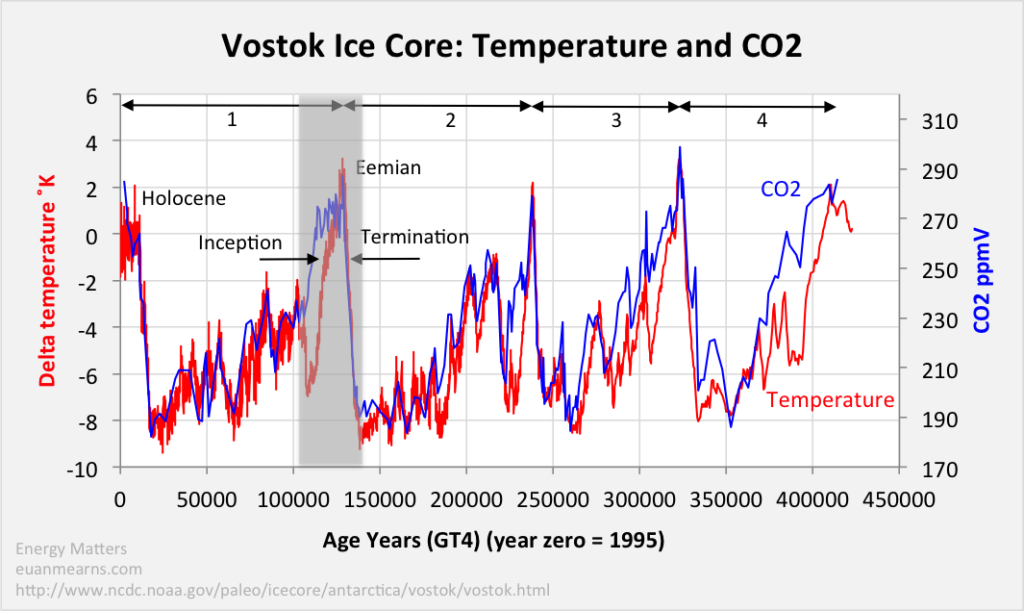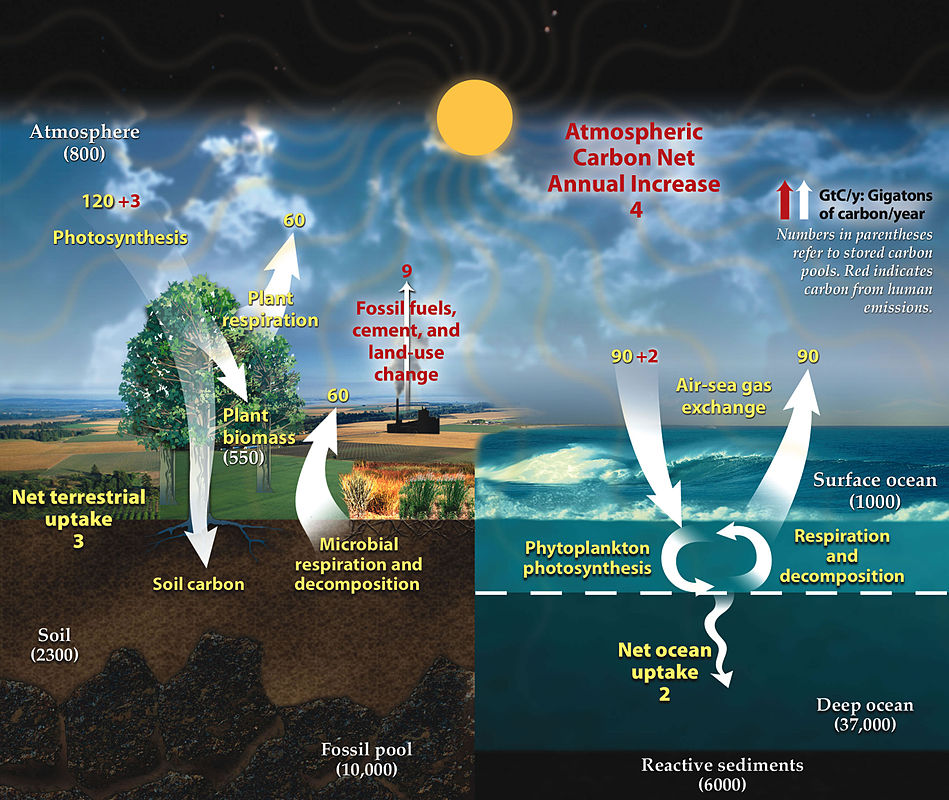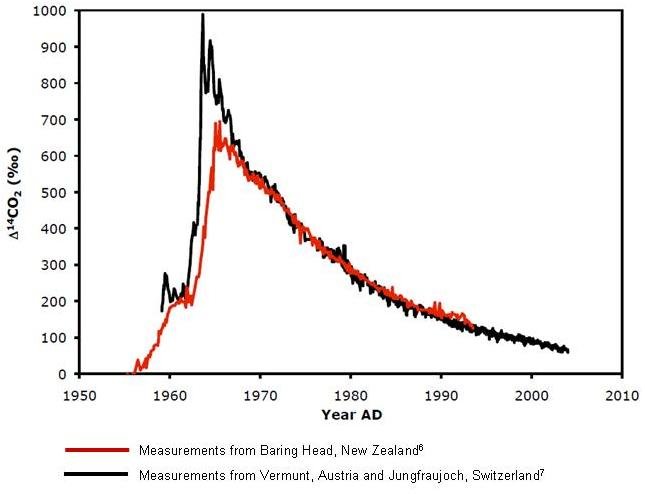In billion-year timescales, it is predicted that plant, and therefore animal, life on land will die off altogether, since by that time most of the remaining carbon in the atmosphere will be sequestered underground, and natural releases of CO2 by radioactivity-driven tectonic activity will have continued to slow down.
Its billions of years they say
Carbon dioxide is often mentioned in the context of its increased influence as a greenhouse gas since the pre-industrial (1750) era. In the IPCC Fifth Assessment Report the increase in CO2 was estimated to be responsible for 1.82 W·m2 of the 2.63 W·m2 change in radiative forcing on earth (about 70%).
1.82 W / m2 thats ... I dont really know
Well...
Here is how the issue plays out.
A UCB 11 year study found that when downwelling IR (the CO2 effect) was measured, that when the CO2 level increased 22 PPM the forcing increased 0.2 W/m2.
The forcing should follow F = CF * ln(C1/C0).
If you drop the data into the equation you get F = 3.46 * ln (C1/Co)
Given that the CO2 rise as of the IPCC statement the forcing was about 1.02-1.1 W/m2
The IPCC converts at the TOA (255K so 3.7 W/m2 = 1°C) for no particular reason.
The forcing is mostly a surface effect (skin layer) in the lowest 100 meters (289K) of the atmosphere so it should be 5.5 W/m2 = 1°C.
Further about 60% of heat loss is through evaporation which only happens at the surface.
The IPCC is effectively claiming half a degree. The real number is a quarter degree or less (the IR study appears to include all sources including methane - which reduces even that quarter degree even further).
The CO2 studies of weapon C14 indicate a halflife of CO2 in the atmosphere of about 9-11 years and a mean lifetime of 16.
That explains why the CO2 increase this year is 1.6 PPM/Y and falling. An exponential CO2 emissions increase will drive a linear CO2 increase, the CO2 level plateaus after a decade in the face of stagnant emissions .
Which is what is happening since emissions are more or less stagnant.
Mauna Loa is only showing 1.67 PPM/Y this week and a volcano is erupting nearby.





